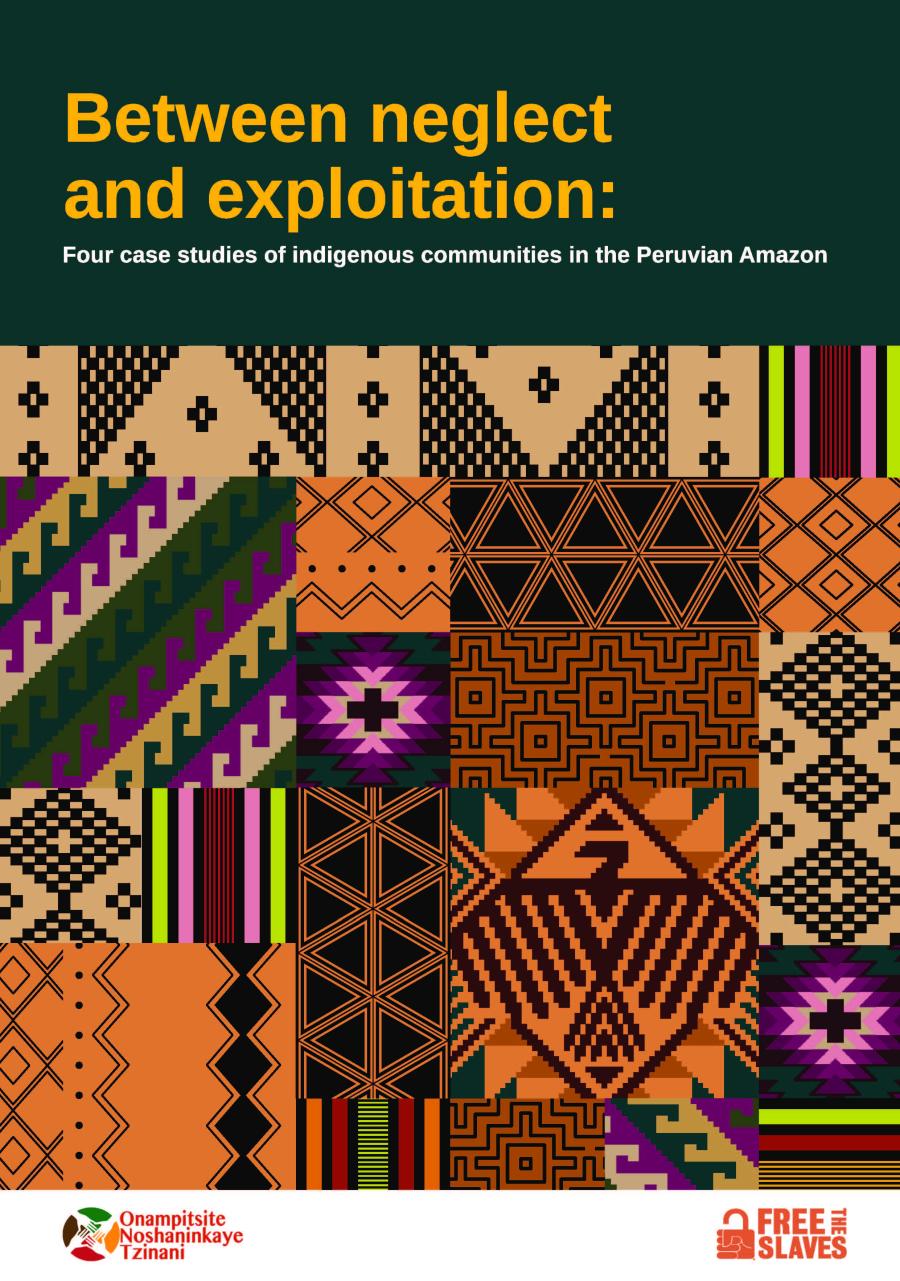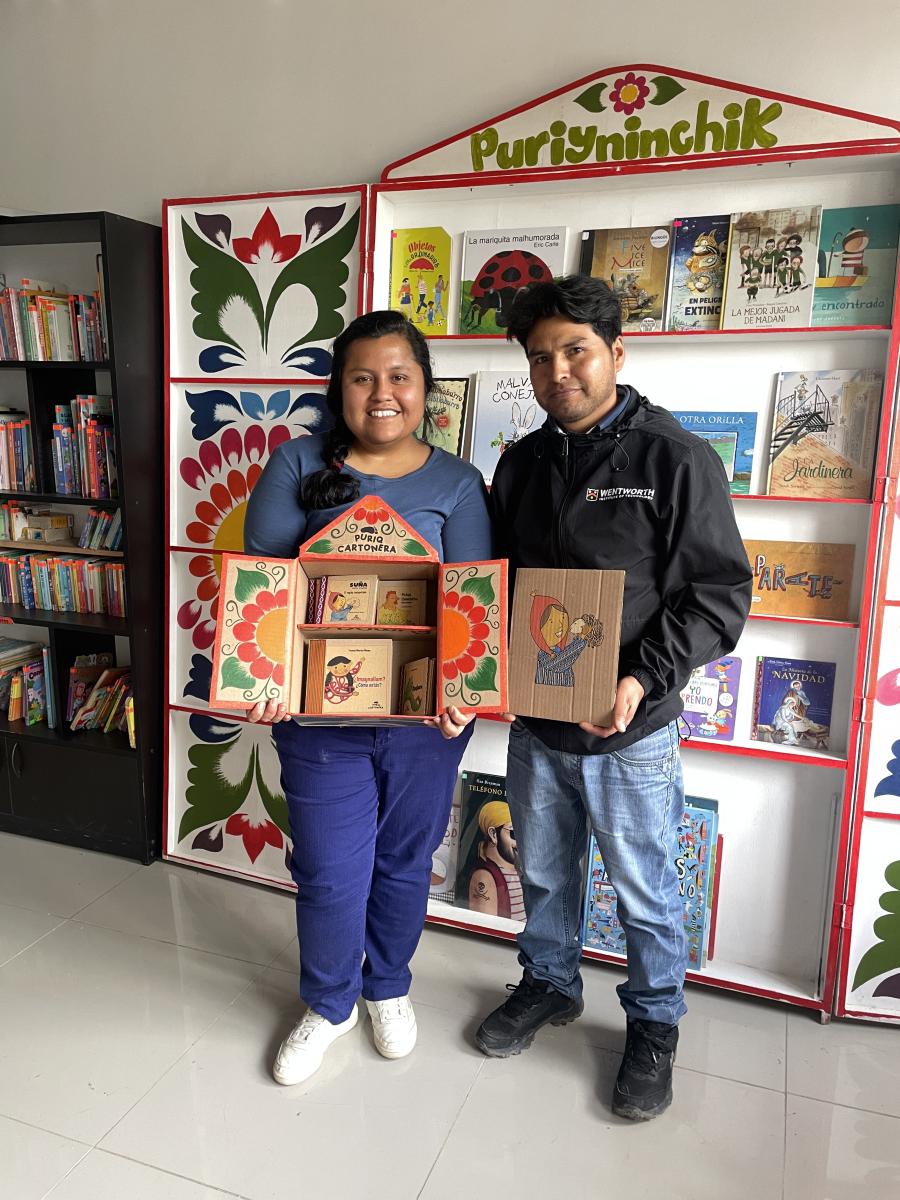Textile systems, developed in Peru over the millennia, represent a treasury of techniques, forms, layouts, and symbolic meanings unique in the world. In the Andes weaving contains many layers of meaning and serves ritual as well as utilitarian functions. Peruvian textiles honor Pachamama, Mother Earth. Peruvian weavers express appreciation for the process of growth and generation, concepts of space, time, and relatedness to other species and the natural world. In the Andes, weavers pass on their knowledge, not by writing, but by the process of person-to-person communication, watching and practicing.
Today, concerned individuals around the world who value textiles and the diversity of world cultures are facing the possibility that the 2000-year-old Peruvian textile tradition could be lost in this generation.
A rare opportunity arose to prevent this loss when Nilda Callañaupa, an internationally known Peruvian weaver, accompanied by friends and supporters in the United States, decided to address the challenges of preserving and reviving Peruvian textile arts. The Center for Traditional Textiles was established in 1996 as a special project of Cultural Survival. Nilda serves as coordinator and director, putting in place creative solutions which have rapidly expanded the center over the past three years.
The Center's approach is to visit and form relationships with selected weaving communities in the Cusco region. Nilda's small Quechua-speaking staff appraises the state of the art in each village by interviewing community members, conducting written surveys, and identifying ways that the Center can encourage and support weavers and their families. The Center then establishes and maintains permanent reciprocal ties with the communities.
Building on the Andean tradition of partnerships formed between children learning to weave and experienced village weavers, the Center encourages elders in the communities who carry rare information to preserve their expertise and pass it on to the next generation. Nilda recognizes the importance of children developing pride in their Inca heritage and traditions. In some communities the Center is helping schools create oral history projects.
As young weavers learn traditional techniques, the Center helps communities arrange systems for selling their work directly to purchasers. As a new phase of the project, a growing number of Center friends, especially weavers, will sell quality weavings made by participants of the project and help to find outlets which avoid the use of middle merchants. Fine examples of Peruvian weavings, made by individuals working with the project, are sold at the Cultural Survival Bazaar.
Living in the Cusco area, Nilda Callañaupa is also in a position to identify and acquire examples of exceptional Peruvian textile forms before they are sold and taken out of the country. The textile pieces she acquires are added to the Center's collection. In future years, this collection will become a reference for Andean weavers wishing to continue or revive the many varieties of Andean techniques and designs which could become extinct in the coming years.
Since the project has so rapidly expanded, the Center's next goal is to acquire a permanent location in Cusco, the ancient Inca capital. Here the textile collection can be stored, conserved and exhibited. Weavers from the villages will be able to meet to demonstrate and sell their work, interact with each other, and inform foreign visitors and tour groups about fine Peruvian textiles. The central home in Cusco will also serve as a visitors' center for international weavers, scholars and interested individuals who wish to view and study CTTC's resources, which includes a growing collection of documentary photographs, donated books and relevant artifacts.
Over the past three years the Center has initiated research projects attempting to identify the significance, meanings and origins of designs and techniques. The project is increasing the number of communities in which it works. In villages overlooking the socalled "Sacred Valley of the Incas" individuals have been identified who can still weave the geometric motifs thought to symbolize land patterns as seen from mountain tops.
In Pitumarca Nilda found elder weavers working with a technique practiced earlier than 500 AD and rarely seen in the modern day. Nilda is collaborating with Susan Lee Bruce, Curator of Textiles at the Collection Department of the Peabody Museum, preparing a presentation on the ancient practice of warp scaffolding. Today young people in Pitumarca are learning to make the complex textiles and are increasing their expertise.
New areas of study for CTTC will include the Vilcabamba region, known as the last refuge of the Incas. Here, village patterns may yield important historical information.
A series of high civilizations flourished for more than 2000 years in Peru. Ancient Peruvian textiles are valued by the great museums of the world. But few schools or universities offer courses focused on the rich history of Native Americans cultures of the Southern Hemisphere.
The Center for Traditional Textiles is developing an educational program of lectures, exhibits, school presentations, teacher seminars, and a traveling museum box for loan to schools. The Center's extensive web site, Descendants of the Incas (www. incas.org), now consists of more than fifty photographs and educational texts.
Over the past year the Center has added to its advisory committee Susan Lee Bruce, Wade Davis, Christine Franquemont, Ed Franquemont, Alice Levey and A. Tim Wells in addition to Elizabeth Conrad VanBuskirk and David VanBuskirk, Co-Chairpersons.
This past year the Center has received significant donations including $15,000 from an anonymous donor and $25,000 from the El Norte foundation. During a six month period of generation and growth, Maria Tocco, former Managing Director of Cultural Survival, is continuing to work with the project serving as a consultant in the role of Development Coordinator. She will soon join the Advisory Committee and continue her work as a volunteer.
In the Spring the Center will send out its first newsletter to members. A goal of the project is to establish groups of Center friends around the country who can share, celebrate and support Peruvian textile practices. The Center will serve as a conduit of information and networking, announcing events and activities relating to Andean textiles. Under the auspices of the Peabody Museum, Nilda Callañaupa will visit and give a workshop in the United States in October of 1999. At that time Cultural Survival will arrange an event where Nilda can meet with friends, supporters and others wishing to learn more about the Center's activities.
Those interested in joining the Center for Traditional Textiles as a member, volunteer, contributor to a specific activity, or to aid in the acquisition and development of the Center's central location in Cusco, contact Cultural Survival to receive more information and the Center's Brochure.
Article copyright Cultural Survival, Inc.



